
 Here’s a sneak peek at Street Outlaws Star Robin Roberts’ new 1968 Pontiac Firebird built by RJ Race Cars using a plethora of Quartermax components.
Here’s a sneak peek at Street Outlaws Star Robin Roberts’ new 1968 Pontiac Firebird built by RJ Race Cars using a plethora of Quartermax components.
This two-year project will be powered by a ProLine Racing Hemi boosted by a Hart’s Charger centrifugal supercharger run through a FuelTech ECU.
“I met Robin four years ago at the PRI Show, and we got to talking,” said Rickie Jones of RJ Race Cars. “We got to be good friends and started working with him, and in the years since, we’ve pretty much redone everything on his old Firebird — we’ve front-halved it, mostly back-halved it, put all-new suspension and four-link in it, new housing, anti-roll bar, redone the pedals, the seat, some of the roll cage stuff. So that car is about 75-percent RJ. He went out and was doing well and winning races, and every time we did work to it, he saw that it was going faster, so when it came time for a new one, he turned to us.”
“When I met Rickie, I told him, ‘hey man, give your phone number. I promise not to bother you.’ Two months later, we’re like pen pals texting each other,” Roberts said.
“The relationship we had with Rickie with updating the old car really led me to have the confidence they could build me a car that would keep me around for a while,” Robin adds. “I told them I wanted to build a new car, and I had three goals: I wanted the baddest car in no-prep, it’s got to be safer, and it’s got to be lighter. And I think that’s what they did.”
“Robin had some ideas of what he wanted,” Rickie echoes. “He wanted a purpose-built “No Prep Kings” type of car, and he wanted to stick with that Firebird; there’s so many Camaros out there, he wanted to stay true to his Firebird roots. He’s a Pontiac guy. Everything we learned about the old car, we thought about how we could make it better and build the best no-prep car that we possibly can. So between that and his new engine condition with Hart’s, it’s a pretty exciting combination, and I can’t wait to run it.”
Rick Jones, the founder of RJ Race Cars, has seen and done it all in his time as an elite chassis builder, had to reach back into his old-school talents to construct a car around OEM steel panels.
 “We started with panels from a donor car that Robin brought to us. It’s pretty well a steel body, but we modified everything and built everything else on the car,” Rick explained. “We put it up on our surface plate jig, and we just have a design in our mind of what we want it to look like. You start cutting and fitting everything to make it look the way you want in the end.
“We started with panels from a donor car that Robin brought to us. It’s pretty well a steel body, but we modified everything and built everything else on the car,” Rick explained. “We put it up on our surface plate jig, and we just have a design in our mind of what we want it to look like. You start cutting and fitting everything to make it look the way you want in the end.
“It was a big feat…a lot of work. Steel is more work than building a carbon-fiber body, for sure. We used to do it all the time with Pro Stock cars. Everything is customized, so it has more tire clearance and all that, but it still keeps the look of a ’68 Firebird. We wanted to keep it very stock-appearing. It’s got carbon-fiber doors and front end. We put a different cowl hood on it to clear the engine, and we made a new valance for the front end to make the car well balanced and better aero-wise. The hood and front-end combination is all completely modified and custom. We wanted it all to look right and fit the rules.”
“It was nice to build something with some steel on it,” Rickie added. “We do a lot of carbon-fiber bodies, so a steel roof and quarter car coming out of our shop is pretty cool.”
It looks and has all the visual traits of a Pro Modified car except for the wheelbase. Upon closer inspection, the alterations such as engine placement and chassis configuration tell the story.
The car sports Penske shocks and struts, Strange Engineering carbon-fiber brakes and axles, and Quarter-Max’s 2-inch Extreme anti-roll bar, adjustable four-link system, custom fabricated full floater rearend housing, and adjustable strut mounts. Titanium is also utilized throughout, including front control arms, window frames, driveshaft tunnel, pedals, wheelie bars, and more.
S&D Enterprises in Michigan, RJ’s exclusive painter for more than two decades, applied the striking color scheme.
 Roberts took delivery of the car last year and strategically waited for Hart’s to finalize its new supercharger — he used the company’s turbos and says it really changed his program, and so he “learned to love those guys… it’s the same relationship we have with RJ. We really believe in who they are, and we’re excited about what this new product is going to do.”
Roberts took delivery of the car last year and strategically waited for Hart’s to finalize its new supercharger — he used the company’s turbos and says it really changed his program, and so he “learned to love those guys… it’s the same relationship we have with RJ. We really believe in who they are, and we’re excited about what this new product is going to do.”
For Roberts, a new car was as much about leveling up in the no-prep game as it was introducing efficiencies in his program with two cars permanently set up for their different purposes.
“We either had to build a streetcar or take the old car and make it a streetcar. The old car wasn’t really built to go as fast as we’re pushing it, so it made logical sense to take it and convert it to a streetcar,” Robin explained. “We would spend 20 hours converting a car from track to street, 25 hours to take it back to track, and three test runs to get it square again. So it’s hard to go back and forth because the setup is so different. So we decided we were going to take the old car, put it in street mode, and leave it. Then it’s always ready… you get the call, you want to go do something, you load up and go. I started out street racing… that’s my favorite thing to do, so we need a car ready for that every time.”
Up until now, the arrangement between Roberts and Joneses has been hush-hush.
“We have our consulting service where we tune cars, not just the Pro Stock stuff, but even no-prep cars,” Rickie said. “I’ve been part of Robin’s team for about four seasons now. I’ve been helping him tune his chassis over the phone, and so we’ve established a great partnership.”
Roberts plans to test the new car “at a private place, away from all the eyes” within the next week.










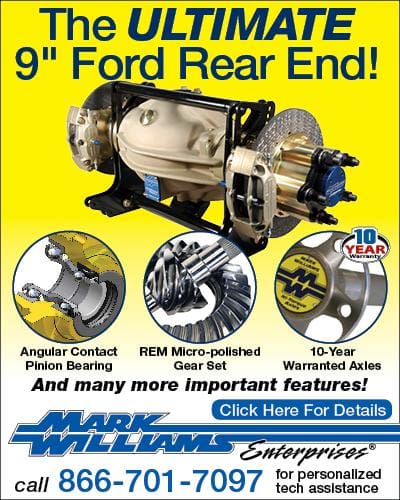
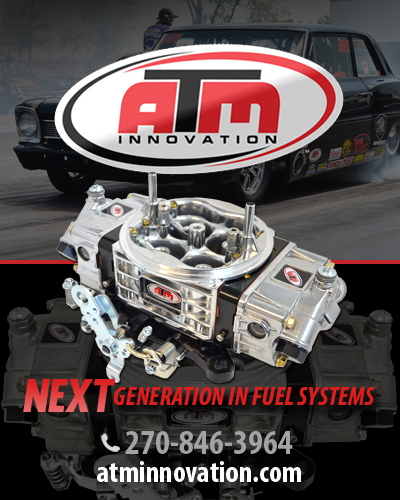



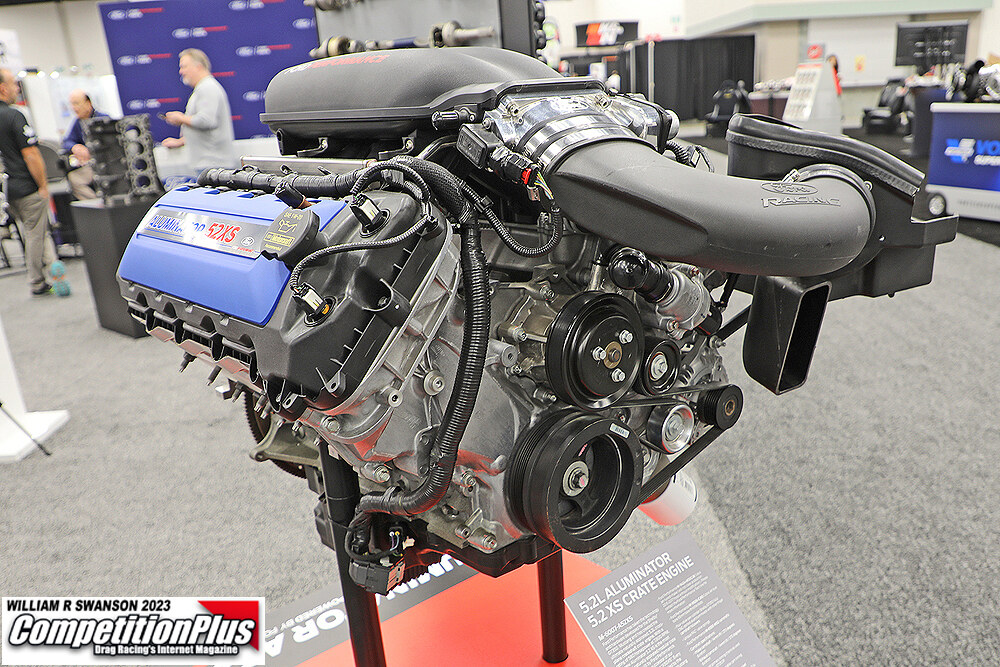

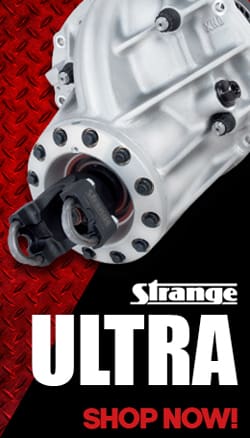
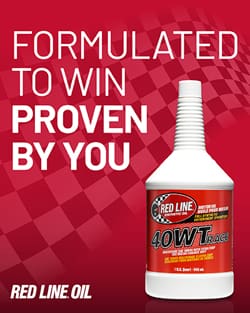







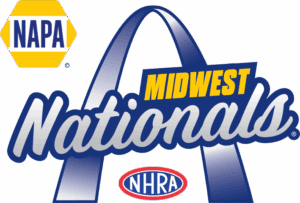

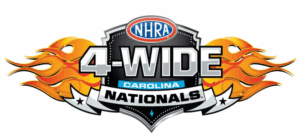
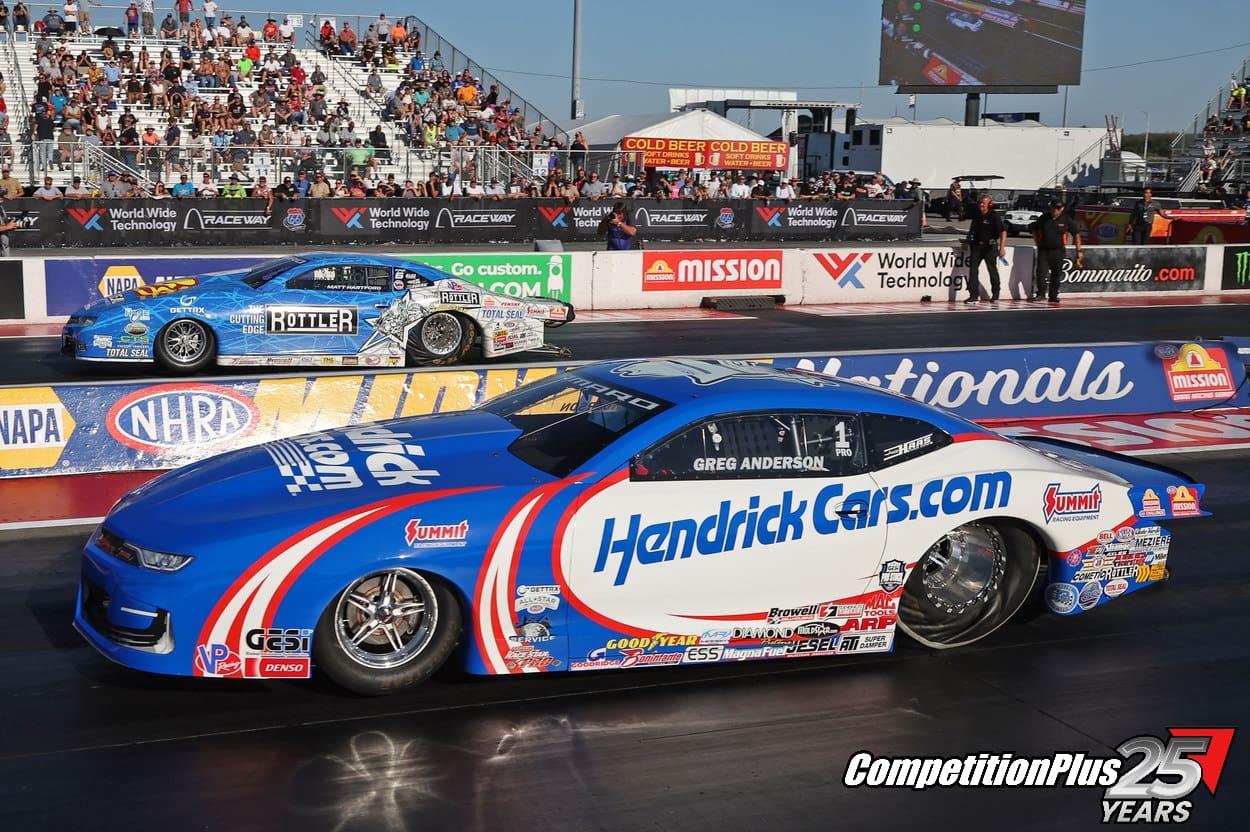
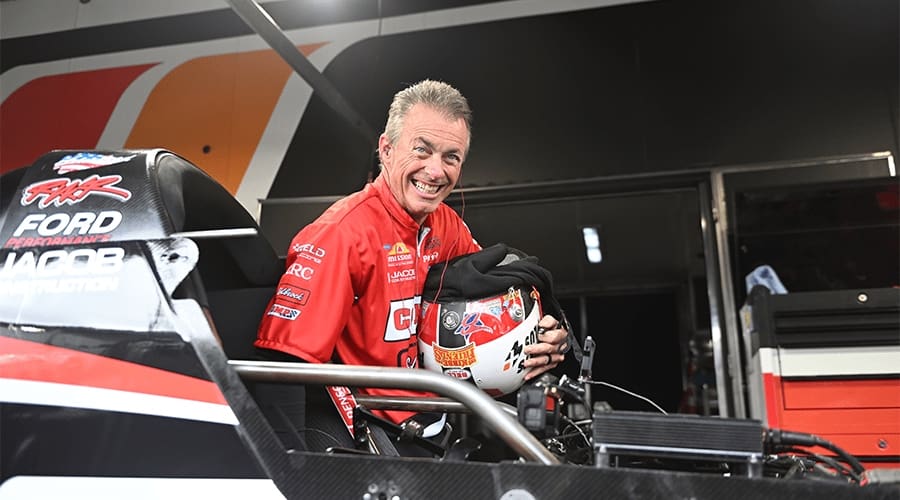
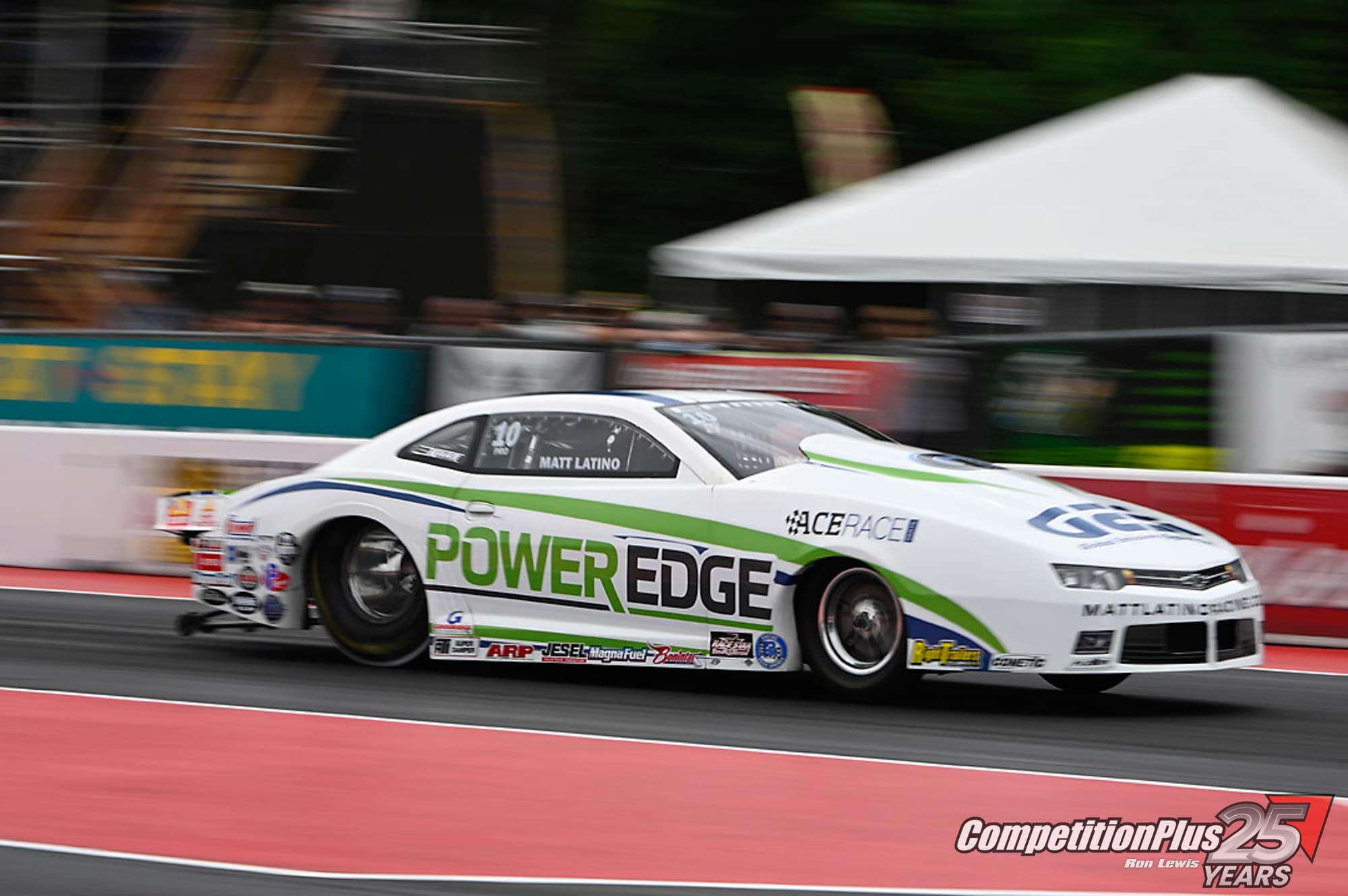


BOBBY BENNETT: WHY THE “GOOD OLD DAYS” AREN’T BETTER THAN TODAY